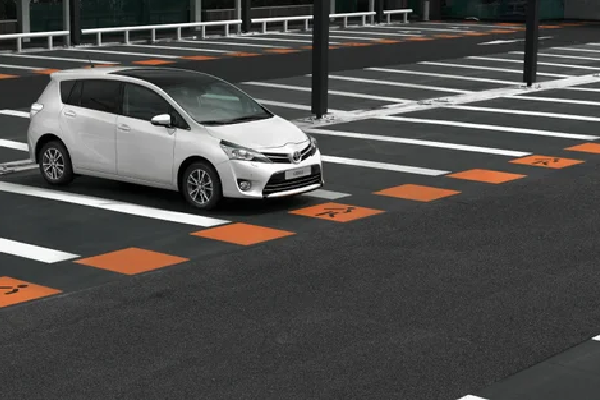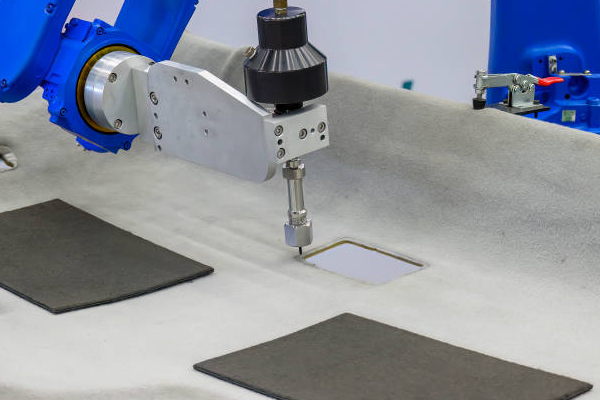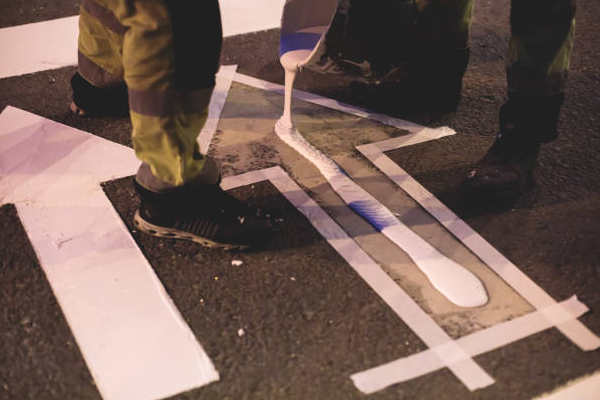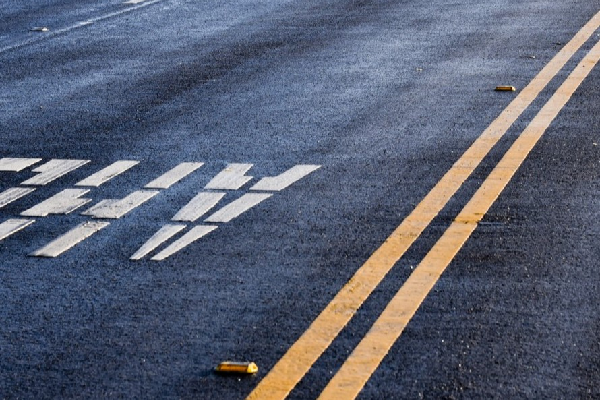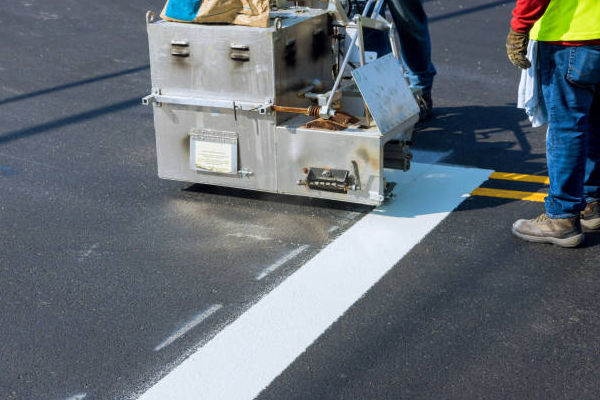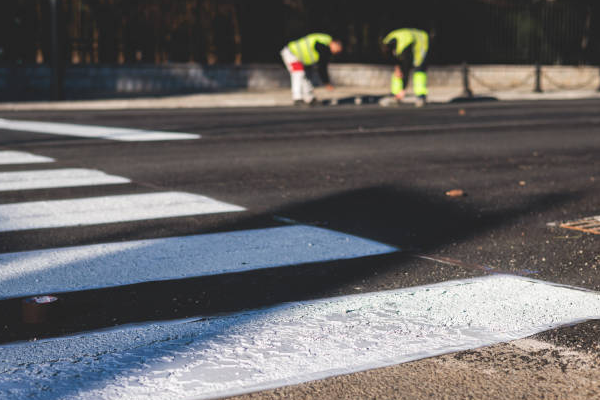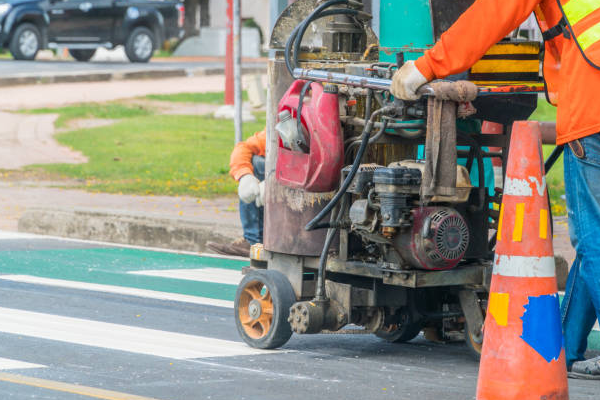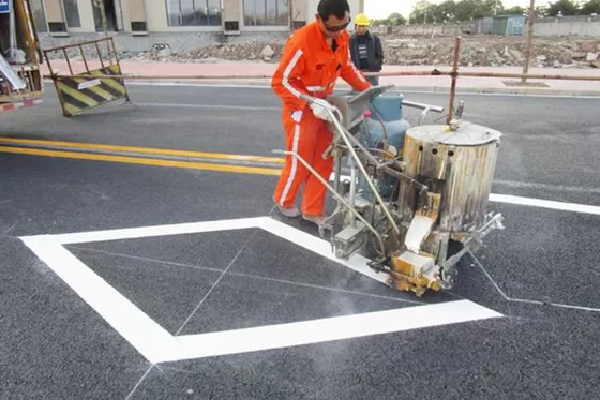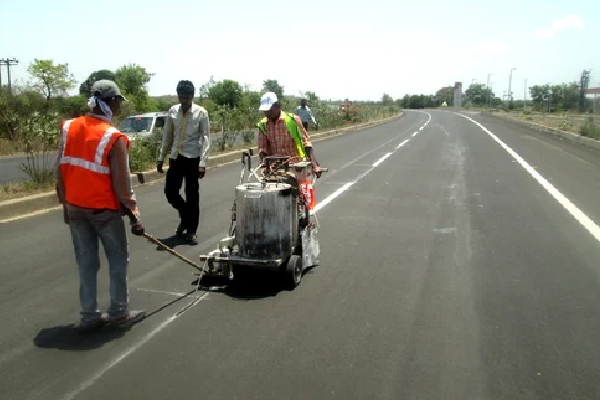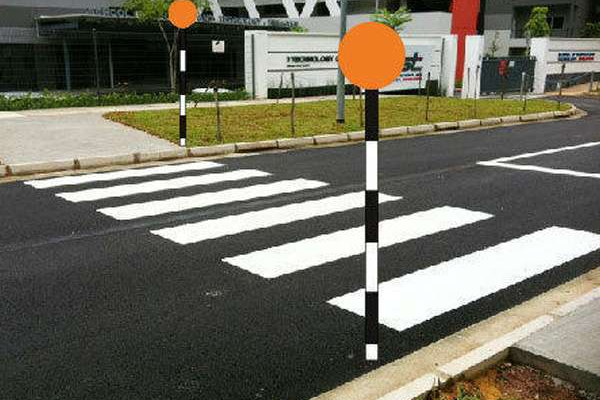Free Estimate

We offer End to end Thermoplastic Paint Application for your home
Quality Finish / Exceptional Service / Unbeatable Prices
Secrets That Add Charm to Your Home
Why Choose Us?

Quality Craftsmanship

Customized Solutions

Pre-Paint Demo

Eco-friendly Practices

Color Proof

Time Efficiency

Competitive Pricing

Customer Satisfaction

Comprehensive Services

Comprehensive Services
Gallery
Painting Services in Delhi-NCR
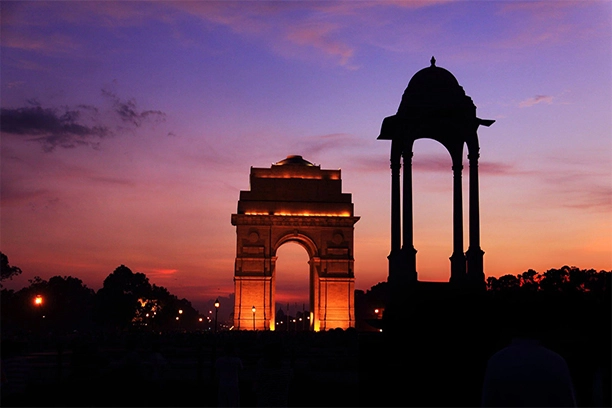


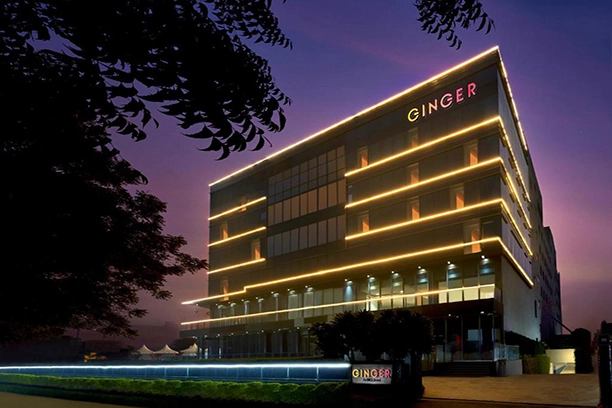
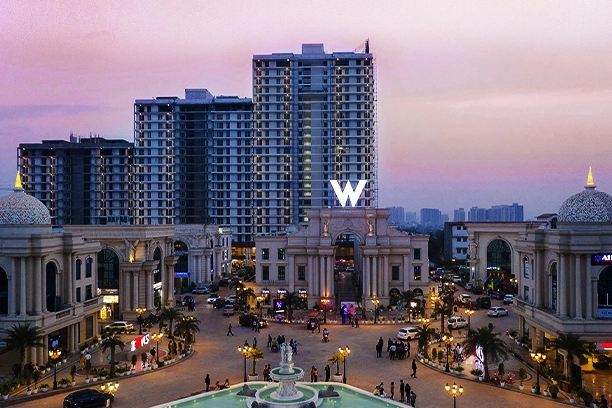
FAQ'S on Thermoplastic Paint Application
Thermoplastic paint is a type of road marking paint that becomes soft when heated and hardens when cooled. It is commonly used for road markings due to its durability and resistance to wear and weather conditions.
Thermoplastic paint is ideal for high-traffic areas and provides long-lasting visibility for road markings such as lines, symbols, and text.
Thermoplastic paint offers several benefits, including high durability, resistance to wear and weather, and excellent visibility. It is also quick to apply and dries rapidly, which minimizes road closure times.
Its reflective properties enhance visibility at night and in adverse weather conditions, improving road safety for drivers and pedestrians.
Thermoplastic paint is applied using specialized equipment that heats the paint to a liquid state. The heated paint is then sprayed onto the road surface or applied using pre-formed tapes for markings.
The paint cools and hardens quickly, creating a durable and long-lasting road marking. Proper surface preparation and application are essential for optimal results.
Thermoplastic paint can be applied to various road surfaces, including asphalt and concrete. It is suitable for use on highways, streets, parking lots, and other high-traffic areas.
The surface must be clean and dry before application to ensure proper adhesion and durability of the paint.
Thermoplastic paint is known for its long-lasting properties. Under normal conditions, it can last several years before needing reapplication. The lifespan can vary depending on traffic volume, weather conditions, and surface quality.
Regular maintenance and inspections can help ensure the markings remain visible and effective throughout their lifespan.
While thermoplastic paint is primarily designed for outdoor use, it can also be used indoors in specific applications such as warehouse markings or safety lines in industrial settings.
Indoor use should be carefully considered to ensure compatibility with the environment and the intended purpose of the markings.
During the application of thermoplastic paint, safety precautions include wearing protective gear such as gloves, masks, and goggles due to the high temperatures involved. Ensure proper ventilation to avoid inhaling fumes.
Follow manufacturer guidelines for safe handling and application to prevent accidents and ensure the effectiveness of the paint.
Surface preparation involves cleaning the road surface to remove dirt, debris, and any contaminants that could affect adhesion. Any cracks or damage should be repaired before application.
A dry and clean surface ensures that the thermoplastic paint adheres properly and performs effectively.
Yes, thermoplastic paint can be customized in terms of color, design, and application techniques. Custom markings can be created to meet specific requirements or branding needs.
Consult with a professional to discuss your customization needs and ensure that the final product meets your expectations and regulatory standards.
Thermoplastic paint markings generally require minimal maintenance. Regular inspections are necessary to check for wear or damage. Any necessary touch-ups or reapplication can be performed as needed.
Keeping the surface clean and free from debris can help prolong the life of the markings.
What Customer Say's About Us
Not yet convinced? Want to know more about us or gain knowledge about Thermoplastic Paint Application ? Let's dig deeper to get the best! Stay tuned with us!
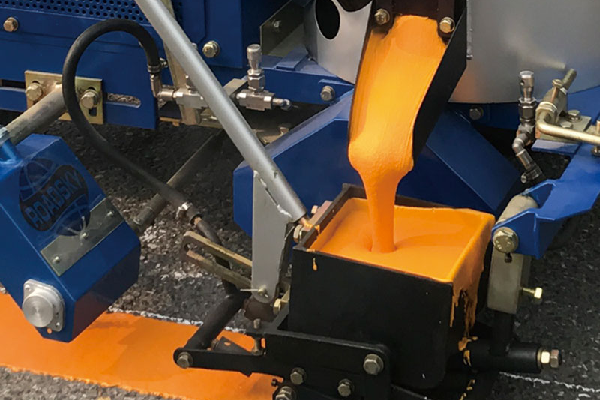
Thermoplastic Paint: Road Markings & Surface Perfection
Standard Thermoplastic Paint
Reflective Thermoplastic Paint
Non-Reflective Thermoplastic Paint
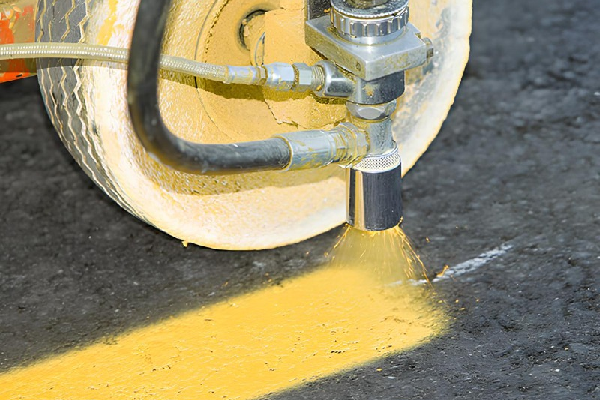
Thermoplastic Paints: Choose Right
Standard Thermoplastic Paint
Reflective Thermoplastic Paint
Non-Reflective Thermoplastic Paint
Preformed Thermoplastic Markings
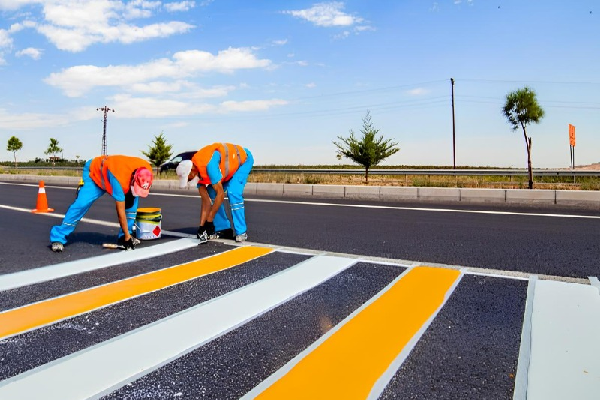
Services You Can Count On
Road Marking Services
Parking Lot Marking
Pedestrian Crosswalks
Bike Lanes and Shared Pathways
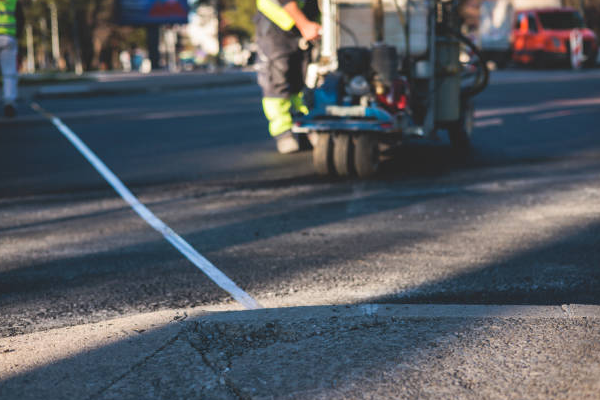
Applications and Usage
Highways and Main Roads
Urban Streets and Roads
Parking Areas and Lots
Industrial Complexes and Facilities
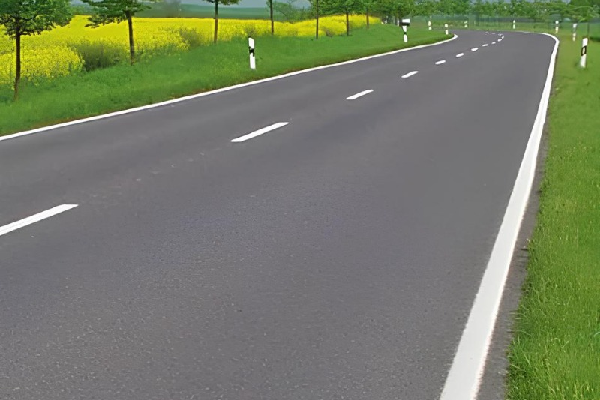
Brands You Can Trust
Brand A - High-Performance Paints
Brand B - Reflective Coatings
Brand C - Durable Markings
Brand D - Eco-Friendly Options
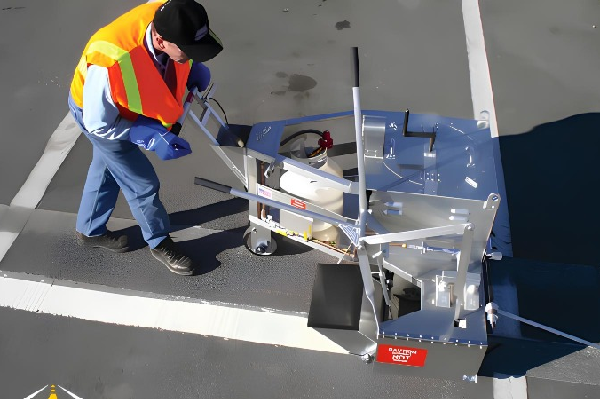
Tips that Actually Work
Selecting the Right Paint
Surface Preparation
Proper Application Techniques
Regular Maintenance
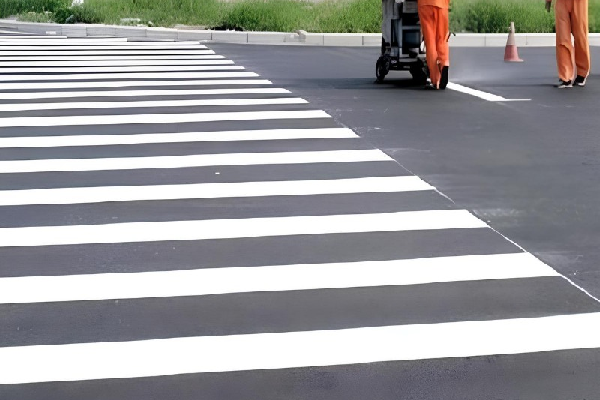
Upkeep: The Key to Longevity!
Regular Inspections
Cleaning and Repair
Reapplication Procedures
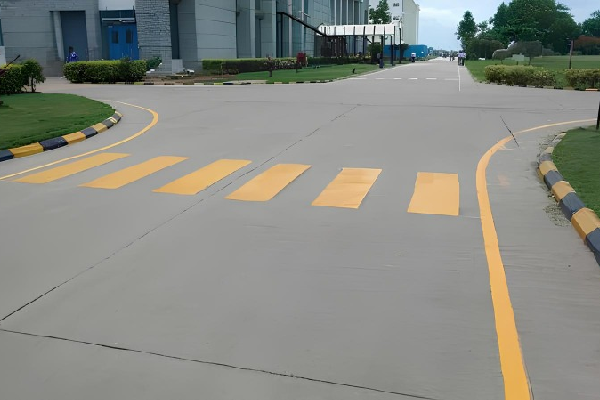
Here’s How We Do It!
Surface Preparation
Thermoplastic Melting
Application Techniques
Quality Control
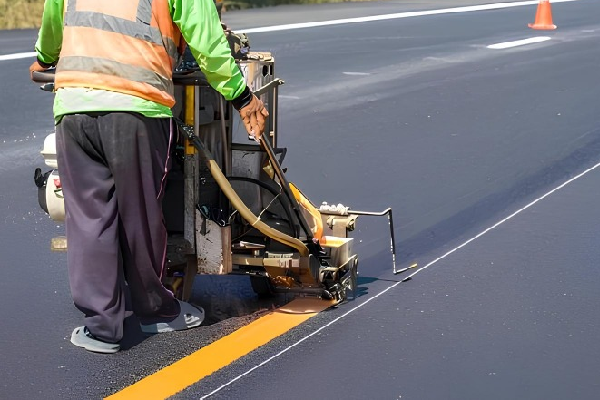
Precaution: A Step Ahead
Safety Gear
Weather Conditions
Proper Ventilation
Equipment Checks
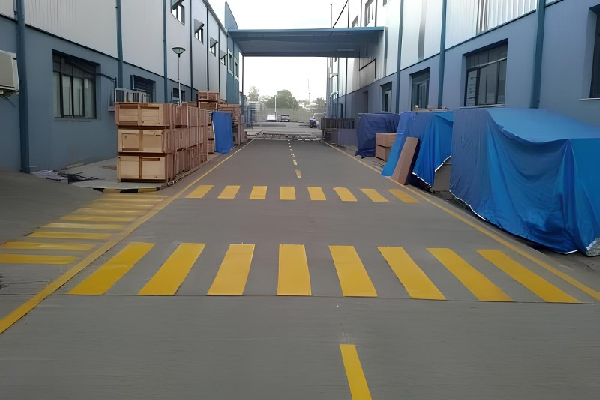
Time is Money, literally!
Project Duration
Material Costs
Labor Costs
Equipment Costs
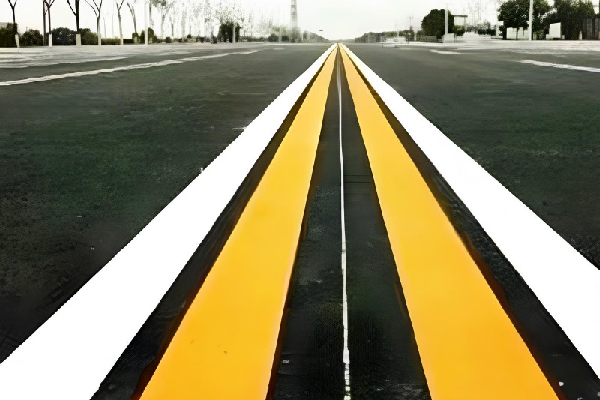
Minimum Area, Industry Standards
Minimum Area Requirements
Industry Standards

Dimensions and Thickness
Standard Dimensions
Thickness Specifications
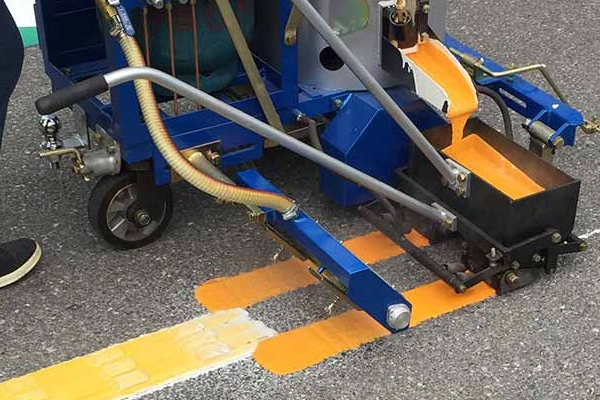
Turn Challenges into Checkmarks
Weather-Related Issues
Surface Contaminants
Adhesion Problems
Application Errors


